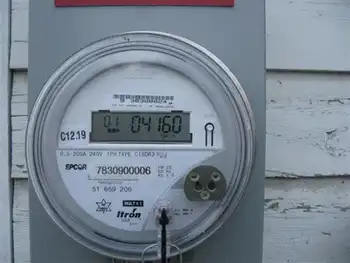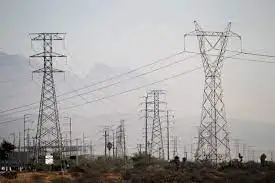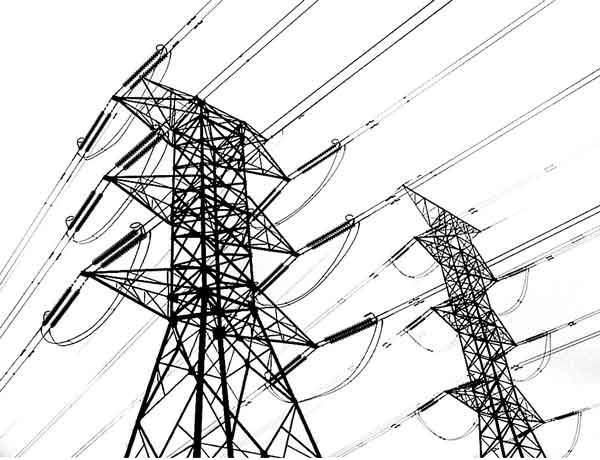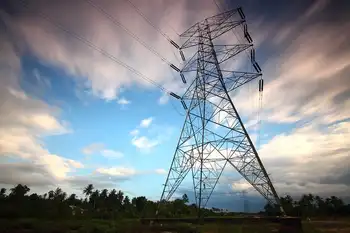Minnesota Signs Deal With Manitoba Hydro
WINNIPEG -- - The Minnesota Public Utilities Commission has unanimously approved a $1.7 billion power export deal with Manitoba Hydro.
It allows Minneapolis-based Xcel Energy to import power from Manitoba Hydro, despite the objections of aboriginal groups.
The 500-megawatt, 10-year deal was given the go-ahead.
It's an extension of an existing deal and will allow power to be exported until 2015.
Approval by Canada's National Energy Board is pending.
The Minnesota decision is a blow to the Pimicikamak Cree Nation of Cross Lake, Manitoba. They had asked the commission to first call a formal hearing into the social and economic impact of historic hydro development on their homeland.
Related News

Electricity prices spike in Alberta
EDMONTON - Alberta electricity price spike drives 25% CPI surge amid heatwave demand, coal-to-gas conversions, hydro shortfalls, and outages; consumers weigh fixed-rate plans, solar panels, home retrofits, and variable rates to manage bills and grid volatility.
Key Points
A recent 25% monthly rise in Alberta power prices driven by heatwave demand, constraints, outages, and fuel shifts.
✅ Heatwave pushed summer peak demand near record
✅ Coal-to-gas conversions and outages tightened supply
✅ Fixed-rate plans, solar, retrofits can reduce bill risk
Albertans might notice they are paying more when the next electricity bill comes in as




